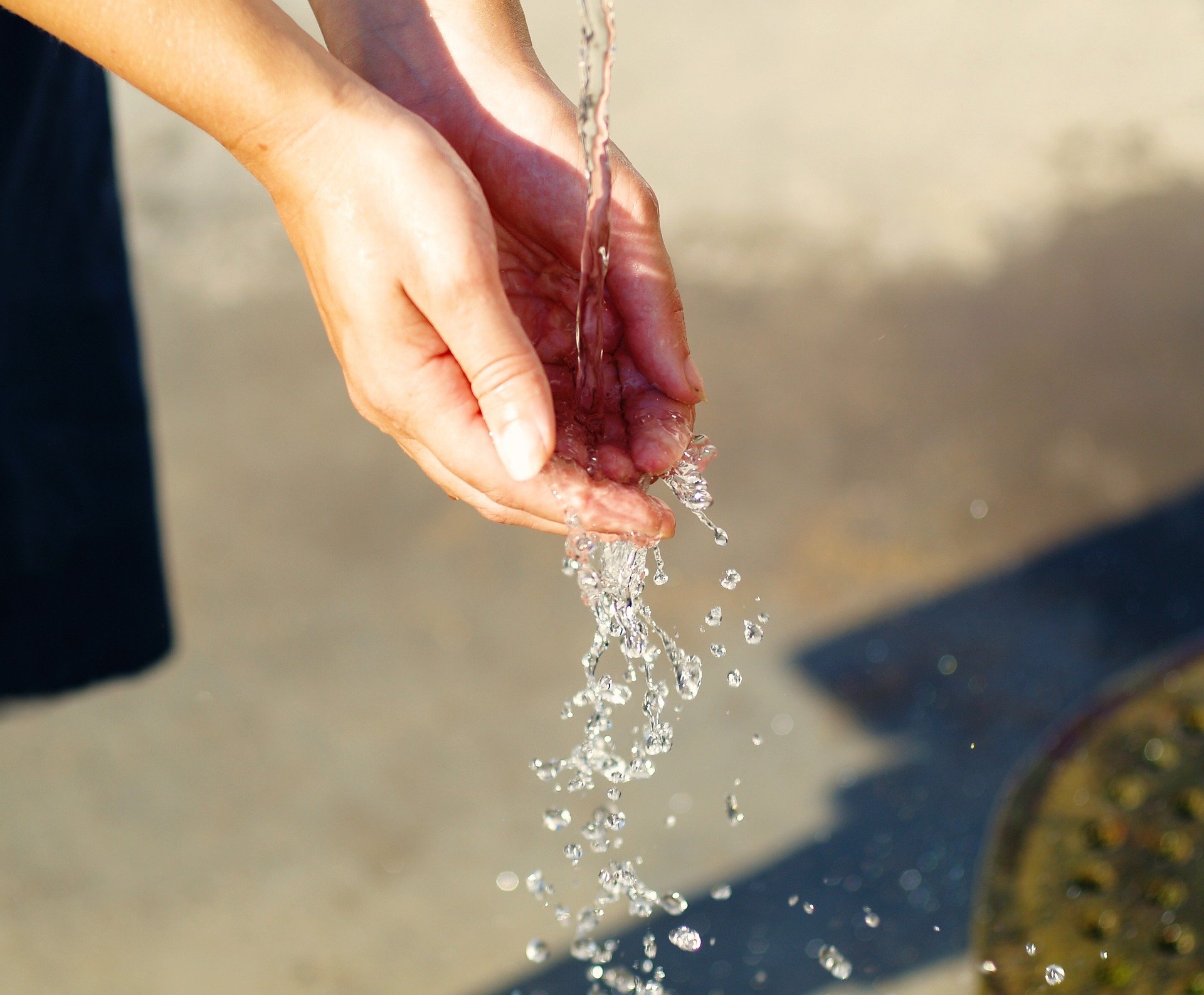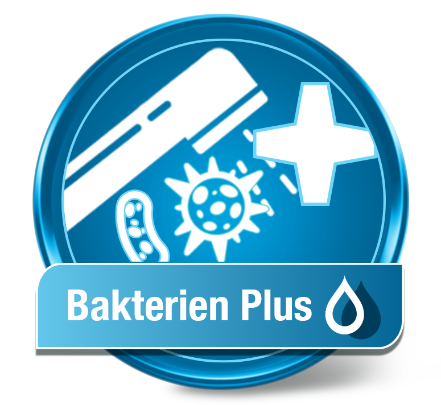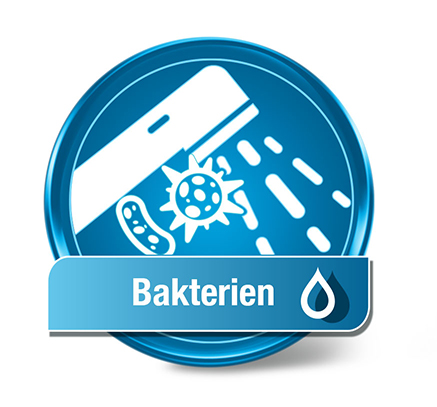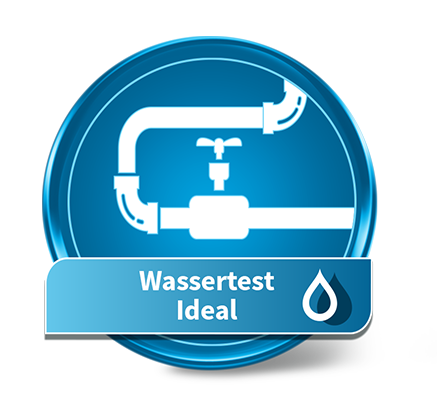 Pollutants in Drinking Water?
Pollutants in Drinking Water?
There are many pollutants in drinking water, even though the water should actually be clean. Whether you can drink tap water is explained in the following article.
✪ On average, the Swiss consume about 170 litres of water per day – not just for washing, showering, and cooking, but also as drinking water. Hardly anyone considers that there may be pollutants in drinking water that could affect health. Even if it appears clean and safe, bacteria, lead, pesticides, and even microplastics are repeatedly found.
What pollutants are found in drinking water?
Our drinking water should actually be hygienically pure. Unfortunately, that’s not always the case. Pollutants can vary significantly by region. Common substances include:
Typical pollutants in tap water:
- Metals from old pipes (lead, copper, aluminium)
- Germs such as legionella
- Nitrate from over-fertilisation
- Pesticides from agriculture
- Drug residues from wastewater
✪ The main cause is often the house installation itself: Old pipes or rarely used lines can release pollutants into the water.
✪ Stagnant water in rarely used second homes also promotes germ formation.
How do pollutants enter tap water?
- Old pipes: Corrosion leads to the release of metals (e.g. lead, copper).
- Groundwater pollution: From over-fertilisation or pesticides despite filtration.
- Hygiene products: Microplastics and nanoparticles from cosmetics.
- Household chemicals: Detergents and fabric softeners enter the water system.
- Stagnant water: Bacterial growth in unused pipe sections.
Can I drink tap water without concern?
As long as the limits are observed: yes. Switzerland has good standards. Treatment includes:
- UV disinfection (ozonation)
- Quartz sand filtration
- Activated carbon
- Chlorine dioxide
What can you do as a consumer?
If you want to be sure, a water analysis is recommended. If your water is contaminated, a filter solution might be sensible.
- Quick sample collection at home
- Small amount of water is sufficient
- Analysis for germs, heavy metals, pesticides
- Suitable for tap and well water
- Clear, understandable analysis report
- Cost-effective and efficient
- Alternatively: rapid water test without laboratory
Conclusion: Pesticides and lead possible in drinking water
Even modern filtered water can exceed limit values. If you want to be on the safe side, do a test and consider using a suitable filter system.
✔ 12 common pharmaceuticals
✔ e.g., diclofenac, ibuprofen
✔ 20 common PFAS chemicals
✔ Per- and polyfluorinated alkyl substances
✔ Heavy metals and pollutants
✔ For general drinking water, softeners
✔ Most common pesticides
✔ Glyphosate separate analysis
✔ Commonly used pesticide
✔ Possibly carcinogenic
✔ E. coli, coliform bacteria
✔ Enterococci
✔ Focus on bacterial contamination
✔ For general drinking water, softeners
✔ Heavy metals and contaminants
✔ Separate bacteria test recommended
✔ Analysis for lead also included
✔ Separate bacteria test recommended
✔ 100 Test strips
✔ For general drinking water, water softeners










